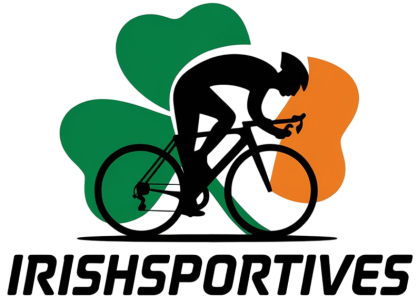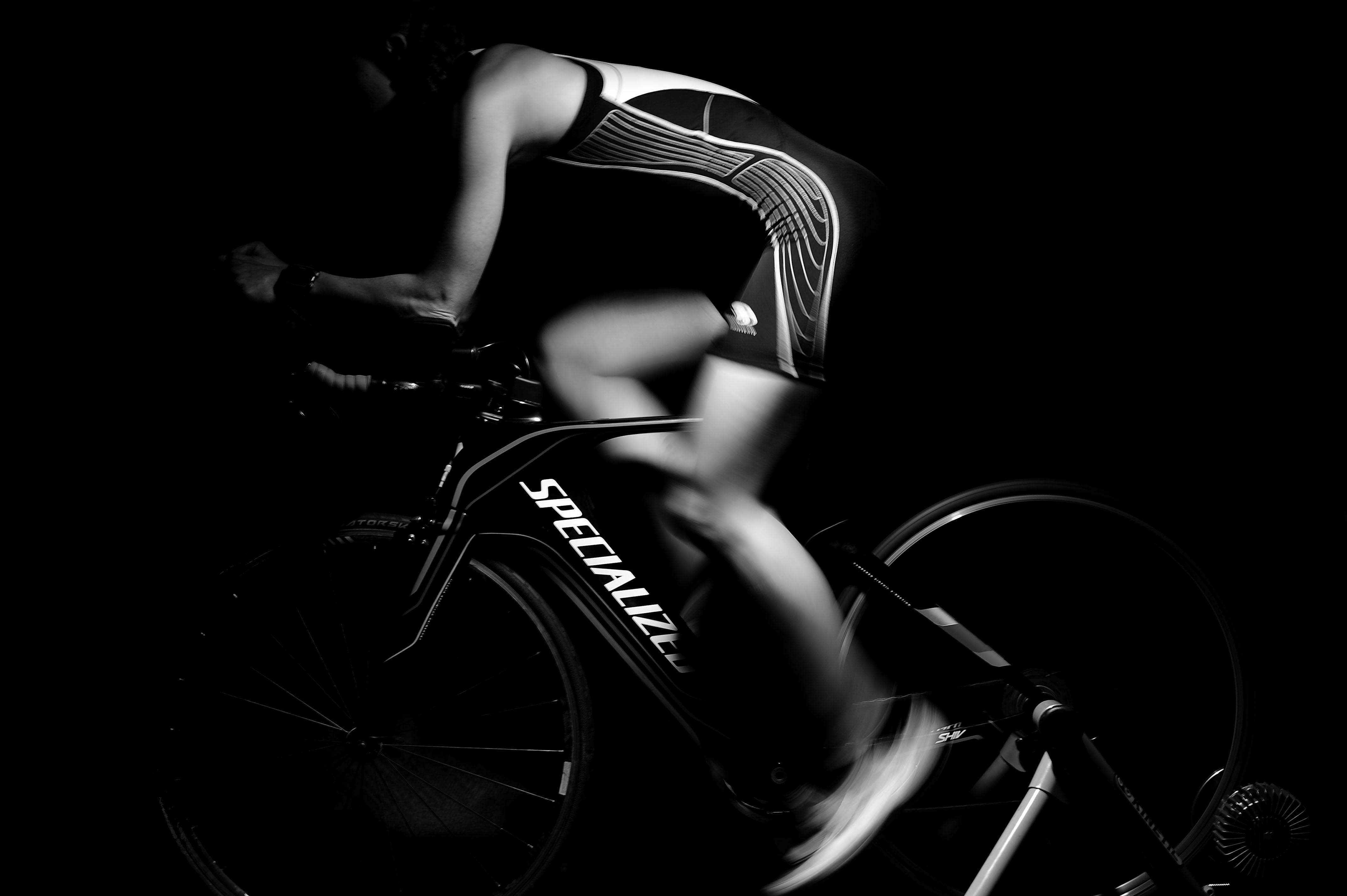Aidan Hammond is one of the country’s most experienced bike-fitters, with over 20 years’ experience. He is also a qualified Physical Therapist and Level 3 Cycling Ireland Coach and Tutor.

Aidan, from your experience both as a Physical Therapist and a bike fitter, who do you think would benefit from a bike fit?
Pretty much everyone who rides a bike, be it beginners, sportif riders, racing cyclists and even commuters. It’s hard even as an experienced rider to see yourself on the bike and look at all your movements and also to see what changes happen when you make any adjustments. A lot of very experienced bike riders who have raced for years have come to me and I have made very little changes to their bike but they are happy just for this to be confirmed for them.
I don’t race, I do Sportive type events of maybe 100k or so, will I benefit?
Yes absolutely. Remember a lot of Sportif riders will spend a lot more time in the saddle in an event than a racing cyclist. As a sportif rider you could be 6-8 hours in the saddle on an event, a racing cyclist may only be 2-3 hours in the saddle. You are on average pedalling 5,000 revolutions per hour so over 6-8 hours that is a lot of movement, if there is something not right you could end up with some issues.
What are the signs that your bike is a bad fit for you?
Generally, pains that shouldn’t be there or poor movement on the bike e.g. sore knees, sore lower back, sore neck and shoulders, sore hands/feet, saddle soreness. A good bike fit will help eliminate or reduce most of these issues. However sometimes it is not the bike causing some back or knee issues and the rider may need some rehab work to do themselves to help build up or loosen certain areas of the body.
Also on a very long and hard day e.g. Wicklow 200km you will always have some form of stiffness and a little soreness, it would be unrealistic to think you will be riding an armchair on these kind of days.
What are the most common problems you come across?
Knee pain and lower back pain are the main issues, followed then by neck and shoulder pain, hand numbness, sore feet and saddle soreness.
So, can a bad fitting bike cause permanent damage?
Most issues are reversible, however bad set up can cause some very serious knee issues or hand/nerve issues which can be permanent.
Apart from eliminating or reducing aches and pains, are there performance benefits? Will I go faster or improve my endurance?
If someone is in a poor position, firstly getting it set up correct will get them more comfortable and thus there follows a better performance. With some of the elite riders I can check what effects some changes will make to their power, heart rate and pedal efficiency, and you would always be looking for some increase in performance. For your general Sportif rider a good set up will help with their performance, no doubt.
We have quite a few ladies who follow Irish Sportives.ie, and I know a lot of women who use small a small man’s bike due to the limited number of ladies bikes on the market, can this be problematic and can a bike fit help?
In general, unless a lady is very small, a small man’s bike is perfect for them. There are just 3 contact points on a bike, saddle, stem/bars and pedals/shoes and all 3 points are very adjustable. The lady specific bikes are perfect for the very small lady and also they already come with a ladies saddle, narrow handlebars and shorter cranks.
So I’ve decided I need a bike fit, and I’m coming along to your studio. What exactly is involved in a bike fit session and what do I bring along with me, what should I wear?
So, typically I need you to come with your bike, although I do have a jig that I can use if someone does not have bike yet and are looking to get set up before they buy a bike and want to make sure they get the correct size. I also need the rider to bring their cycling shorts, cycling jersey and cycling shoes. Some riders use runners, that is ok I will set them up with their runners but I would encourage them to get cycling shoes and pedals.
Initially I will have a conversation with the rider and ask them a lot of questions on the type of cycling they are doing, their cycling history and sports history and their cycling goals for the future. I will question the type of work they are doing and their injury history as well as any issues that they are having on the bike.
Because I’m a qualified Physical Therapist and a level 3 cycling coach I will then check the riders’ flexibility, core strength and muscle activation in the main cycling areas. I will also look at their hip alignment and movement. After this I will measure them from head to toe with a special jig I have where I can measure Height, leg length, torso length, arm length, shoulder width etc. This give me a good starting point on a basic position. With all of this information I have a good picture of the rider now.
From here then I mark the riders’ knees, hips and ankles and will get them riding on their bike on a turbo trainer. I will video them while riding using a cycling specific software that tracks their movements and angles of torso, knees, ankles, hips and arms. We can look at everything in slow-mo, frame by frame if needed.
From this I will then make whatever changes are needed on the bike and then video the rider again and play back the before and after videos side by side so we can see what the changes have made to the rider. I then email the rider a sheet with all the measurements of the bike before and after as well as any recommendations for the rider e.g. c flexibility or core work needed.
That sounds very thorough, will it take long?
In general about 1 ½ hours in total.
And will there be aches and pains as my body adjusts to the new position?
It normally takes about 3-4 spins to adjust to a new position. If there are big changes made and the rider has been riding in an old position regularly over a number of years then I will mark the position for the rider and ask the rider to change the position gradually over a few weeks so it is not such a big shock to the system! If a rider has some very serious issues caused by a poor position in the first place and I make big changes I will let the rider go with the big changes as the original poor position was the cause of their issues anyway.
I will also always tell riders to keep in touch after a bikefit as it’s not until they go out for a few spins and a few hours on the road that they will feel what the changes are doing. If a rider is having issues after a fitting I will always get them back to me for adjustments. In general this is far and few between though.
That’s most helpful Aidan, thanks for taking the time to chat with us.

